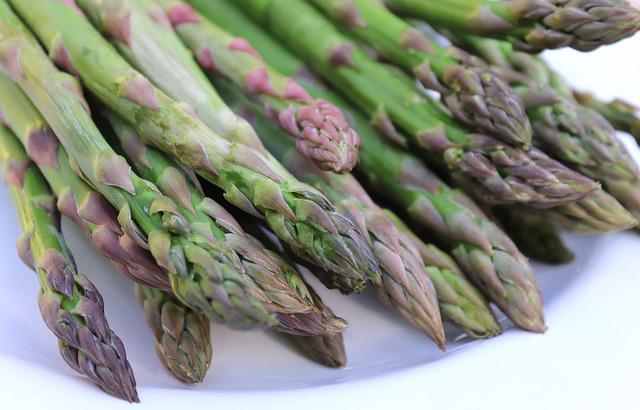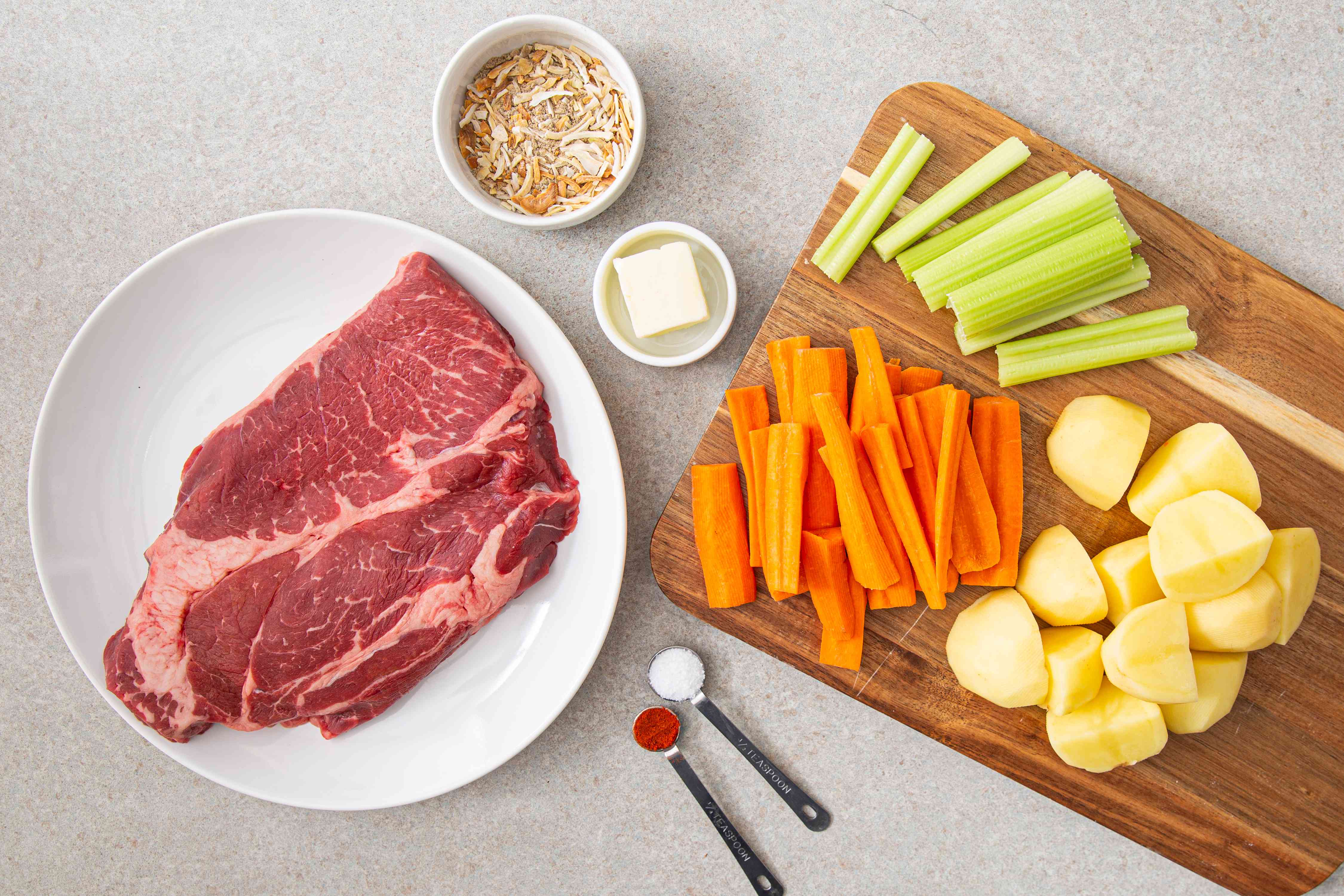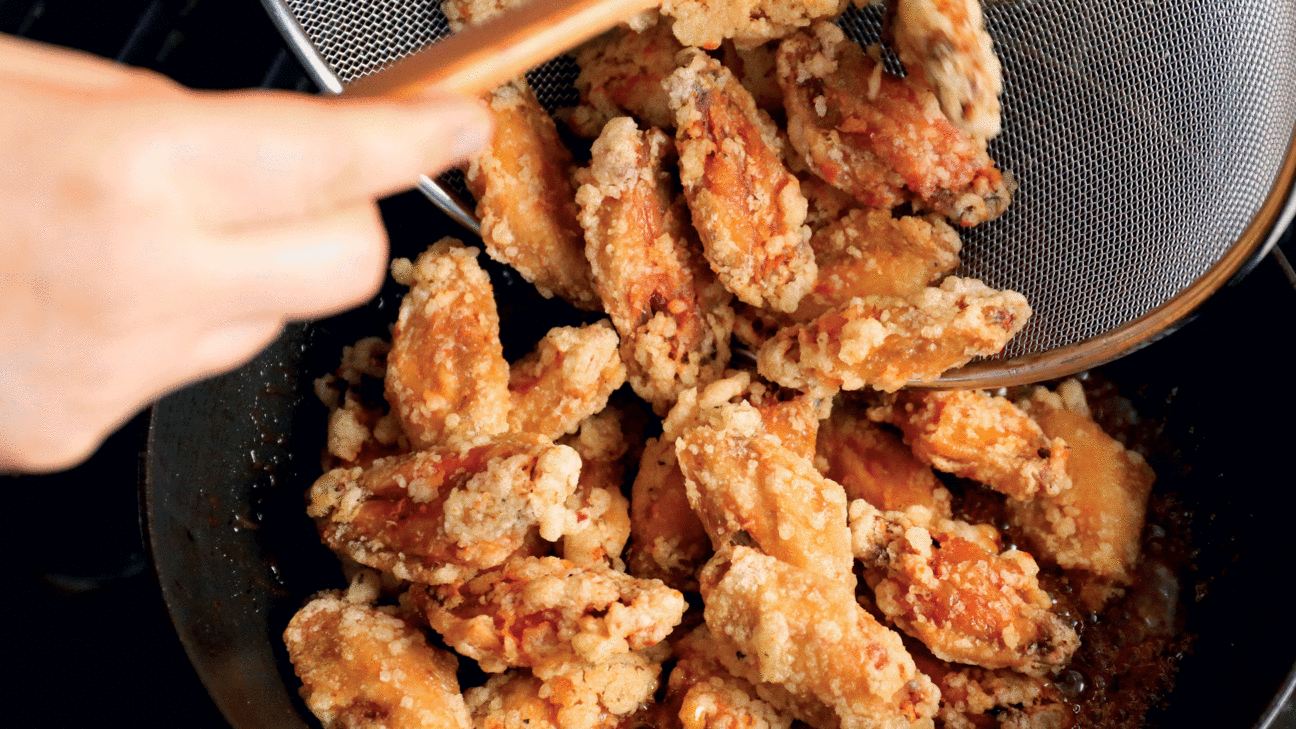
If you are making a dish or salad that calls for similar-thickness strips of vegetables, the julienne cut is often used. You can prepare this cut by simply slicing the vegetable into thin strips and then stacking them one upon the other. Juliennes work best for leafy greens, and the process involves rolling the leaves into a tube, cutting them into thin strips, and then stacking them.
Brunoise
Most restaurants prepare vegetables using julienne, but the brunoise is an alternative. This technique allows vegetables cut into 3mm cubes. This technique is especially useful for potatoes, which can be more difficult than other vegetables. You can find some helpful tips here if you aren't certain about the technique.
Chiffonade
Chiffonade refers to a French cooking technique in which thin strips are made of larger leafy vegetables and herbs, so they look like a sliver. The French term chiffonade, which means "in the rags", is eleganter than rags. It can be made of a variety o green thin leaves such radicchio, sorrel or spinach.

Oblique
Simple tasks like dicing and cutting vegetables are relatively simple. How do you ensure they cook evenly and evenly? Oblique cutting allows more surface area to be exposed to heat. This is also called a roll cut. It allows you to create pieces that are the same size and shape, but not uniformly. Learn how to make an Oblique Cut in Your Kitchen.
Paysanne
You'll be inspired to try the Paysanne cut vegetables method. The Paysanne method is a way to cut vegetables from tiny sticks. It's like eating small pats of butter. A daikon radish was used as the vegetable used for the demonstration. You can also use a chef’s knife if you prefer a finer cut. The blade should not be dull.
Oblique cut
You should learn to make the Oblique Cut if you enjoy cooking and want to add a new vegetable cut to your repertoire. This simple technique gives vegetables a uniform and even cooking time. Oblique cuts can also be called roll cuts and are very easy to master. These cuts are good for stir-frying and roasting.

Julienne
To julienne, cut vegetables, you'll first need to peel them and then wash them. They can be cut lengthwise into strips that measure approximately 0.3 cm to 1.5 cm. Next, stack several strips on top of each other to create matchstick-like strips. For stir-frying, juilled vegetables are perfect for use in all kinds of dishes. You can julienne all types of vegetables, including cucumbers, peppers, and potatoes.
FAQ
How can I learn more about cooking?
You can find cooking classes all across the country. There are many schools that offer courses in pastry, baking, and wine tasting. You can take a class at your local vocational school or community college if you are interested in learning more about cooking.
What is the best way to learn to cook?
Cooking is a skill that every person should learn. It's a great way to experience delicious food without having to learn how to cook. You must start by finding a recipe you enjoy and following it closely when you learn to cook. Next, practice making small tweaks to the recipe until the dish is your own. The last step is to cook for others. You will learn a lot and be able to show off your cooking skills.
How do I learn how to cook like an expert?
Cooking is one of the best ways to become a better person. Cooking healthy meals for your family and friends is a great way of increasing self-confidence and learning new skills. If you want to be able to cook well, then start cooking at home. First, find out which recipes appeal to you. You can then read books about other cuisines like Mexican, Chinese and Italian. Finally, practice making different dishes until you feel comfortable doing them.
What does it take to become a chef in the United States? What is the average career track?
The average time it takes to become a chef is five years. During this time, you will study basic cooking techniques and gain experience working as a kitchen assistant. When you finish your training, you can apply for positions as a line cook, sous chef, or executive chef. The salary range for a chef is between $25,000 to $60,000 per annum.
Do I need special equipment to cook?
Cooking doesn't require special equipment. However, the right tools can make it easier to cook. To make pasta easier, you can use a knife to cut the pasta and a whisk to whip up egg whites to stiff peaks. Having the right tools makes cooking less intimidating and allows you to start faster.
Is there a difference between a chef and a cook?
A chef prepares meals for others. A cook prepares food for himself or herself. While both jobs involve the preparation of food, a chef interacts directly with his customers. They may need to make decisions about what they will serve to their guests based upon their preferences. Cooks don't interact with customers. Instead, a cook makes sure the food tastes good before delivering it to customers.
Statistics
- On average, chefs earn $58,740 a year, according to the BLS. - learnhowtobecome.org
- According to the BLS, chefs earn $58,740 a year. (learnhowtobecome.org)
- The median pay for a chef or head cook is $53,380 per year or $25.66/hour, according to the U.S. Bureau of Labor Statistics (BLS). (learnhowtobecome.org)
External Links
How To
How to make a perfect omelet
Omelets have always been a favourite food to eat for breakfast. But how do you make them perfectly? I've tried many different methods and recipes, but none of them seem to work! I have some tips and tricks to help you make delicious, fluffy omelets every single morning.
Before we start making omelets, let's remember that eggs are temperamental. Eggs must be purchased fresh, preferably organic, and kept chilled until ready for cooking. If they are not kept cold enough, the whites won’t form properly. The yolks will also break down too quickly and become runny. This will make your omelets appear strangely colored. If you want to make omelets right away, it's best not to use eggs that are too cold.
Another tip is to separate the egg before adding it to the pan. Because this could cause your omelet to become curdled, you don't want any yolk to be mixed with any white.
The bottom part of an egg that is added directly to the stovetop might be burned, which could cause a ruined texture in your omelet. Instead, heat the egg for 10 seconds in the microwave before placing it in the pan. The microwave heat cooks your egg just right, without it becoming too soft.
Next, let's discuss mixing the eggs. When mixing eggs, it is important to thoroughly beat them. You can do this by turning the bowl of your mixer upside down. Next, shake the bowl vigorously. The egg will be thoroughly mixed in the bowl as the air is whipped.
Now it's time to have fun: pour the milk into the mixture. Fold the eggs in the milk mixture by first pouring half of it into the egg whites. You don't need to worry if streaks remain. They will disappear once you flip your omelet.
After folding the eggs, place the pan on medium heat and wait for the oil to start sizzling. When the oil is hot enough, add 1/4 cup butter to the pan. Stir it around until the butter covers the entire pan. Next, carefully open the lid and sprinkle salt into your pan. An additional pinch of salt will prevent the omelet form sticking to your pan.
Once the omelet has formed, cover the pan again and wait for the top side to set completely. Flip the omelet over using a spatula or flip the pan upside down. Cook the second side for a minute or so. Take out the omelet and place it in a bowl.
This recipe works best using whole milk. Skimmed milk is also possible.